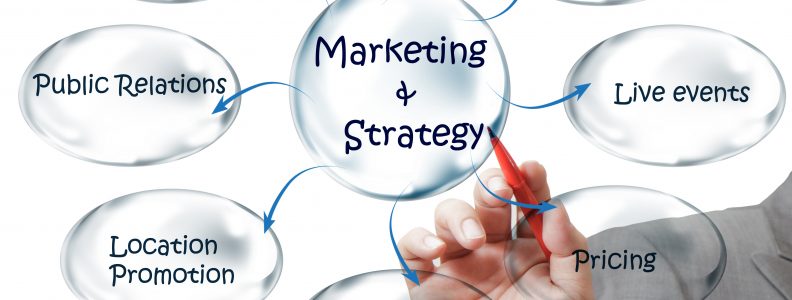The Cost of Internet Marketing
As today’s savvy businesspeople know, to have a strong business, people have to know who you are and what you offer. In other words, you need good Internet Marketing! While a marketing plan will give your business marketing goals, a marketing budget helps you figure out practical steps to achieve those goals. How much should you spend? And where should you spend it?
What goes in a Marketing Budget?
A marketing budget typically covers costs for advertising, promotion, and public relations. Each amount varies based on the size of the business, its annual sales and how much the competition is advertising. Depending on the industry, marketing budgets can range from as low as 1% of sales to over 30%. New companies may spend as much as 50% of sales for introductory marketing programs in the first year. Smaller businesses may just try to match the spending of their direct competitors.
The overall marketing budget should include:
- Print and broadcast advertising
- Design and printing costs for all print materials, such as newsletters, brochures, and press releases, direct mail costs
- Website development and online marketing
- Public relations such as Press Releases
- Trade shows
- Other special events as needed
Let’s try to determine a dollar amount for each of the above categories. Keep in mind, it is usually easier to begin with a base amount for the entire marketing budget, and then allocate it into subcategories.However, each business’s marketing budget will differ, there are basically four common methods used to allocate funds:
1. Percentage of Sales
Allocating a specified percentage of sales revenue is one of the most popular methods for developing a marketing budget. The average allocation usually ranges between 9-12% of the annual budget, while the smallest businesses may go as low as 2%.
If a business is launching a new product or service, advertising and publicity needs are greater, so the percentage shouldf increase. The main advantage to using a percentage of sales is that the marketing budget will increase, or decrease, with the sales revenue of the company. The marketing budget will never spin out of control and deplete sales revenue. This is really the best approach for Internet Marketing!
2. The Flat Dollar Approach
Many businesses simply set a flat dollar amount for their marketing budget. Particularly useful for small businesses, they can base marketing budgets on what they think the company can afford instead of the company’s sales. Picking a flat rate is usually effective for companies looking at a one-time expense, such as specific public relations marketing or a trade show, and not a long range marketing plan.
Defining a flat dollar amount may be challenging in the first year of a business, since there are no past records of sales and marketing expenditures. Many first-time business owners contact others in the field to inquire about their sales and marketing projections, and from there, estimate marketing costs.
3. Matching Competitors
Another method to create a marketing budget is to analyze and estimate what the competition is spending and copy them. This is another simple way to set a budget, since maintaining costs comparable with competitors keeps the business in line with others in the field. However, this method also assumes the competitors are spending the right amount and have a comparable business. If you’re a small business competing with Wal-Mart, obviously you couldn’t duplicate Wal-Mart’s marketing budget. When using this method, the revenue of a business should still be taken into account. However, you could look at the percentage of revenues and match that percentage.
4. Marketing Plan Objectives
Often considered the most effective budgeting method, this method uses the objectives in the marketing plan to determine the marketing budget. The budget is developed by estimating the expenditures needed to achieve the desired marketing objectives. Although this method of budgeting is very realistic based on the needs of the business, it is often limited by available funds, as the desired budget may exceed what has been set asidein a given year. However, many believe this method is the most logical for determining a marketing budget.
Summary
Whatever approach is taken, a formal budget helps define the marketing needs of any business. By establishing a detailed marketing budget prior to the start of each fiscal year, and then on an annual basis, make sure any changes to parallel the growth or decline of the business.
By analyzing marketing costs and the results and on quarterly basis throughout the year, You can easily determine the effectiveness of your Internet Marketing budget. If you manage your Internet Marketing properly, you might find yourself in the position of figuring out how to allocate a larger percentage to your Internet Marketing, due to higher sales revenues!









